Technologies
- Home
- Technologies
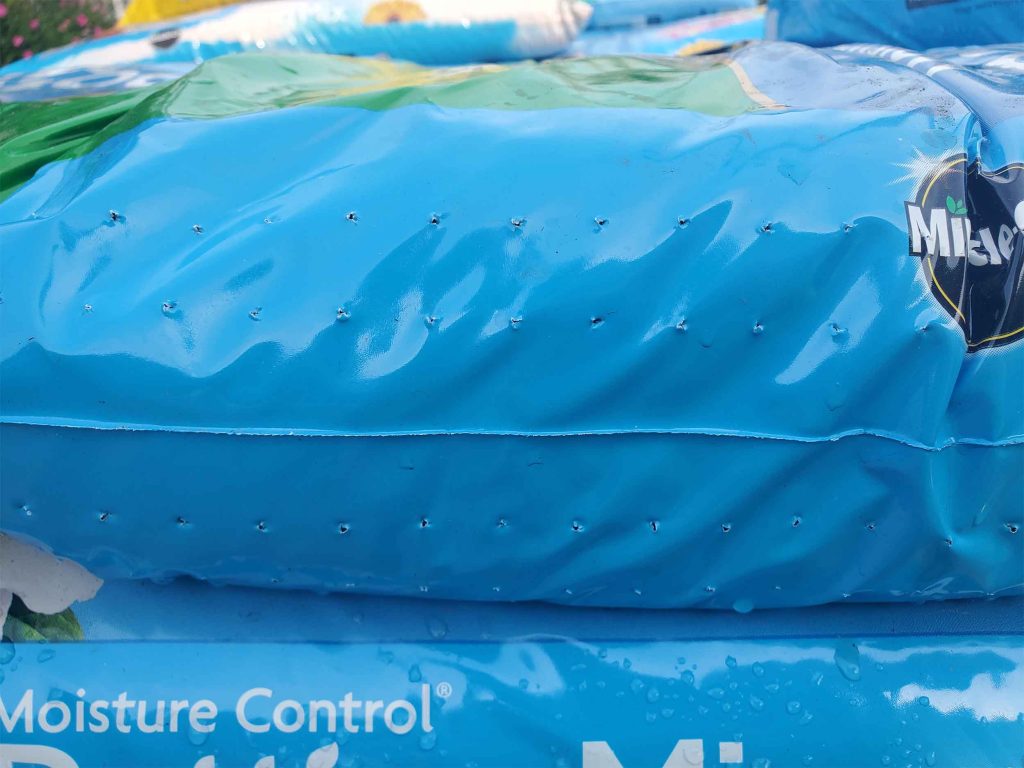
COLD PIN / NEEDLE PERFORATNG
Cold pin perforating is the process of taking a sharpened pin and piercing a substrate with the pin point. This usually results in a "volcanic" looking aperture in poly- based materials, which can be beneficial in some applications, such as those that require a one way valve. Cold perforation is the least expensive and fastest methods of perforating. Cold rotary pin perforating can be applied continuously, or can be made to work in register or intermittently. Cold pin perforation can also be used in a punching format. The cold perforation process uses a backup pressure roller. PerfQuest have a number of anvil rollers available.
HOT PIN / NEEDLE PERFORATING
Hot pin perforating is the process of taking a heated, sharpened pin and piercing a substrate with the pin point. This results in a melted hole, where the center of the hole is melted into a re-enforced ring around the punctured hole. This can be very beneficial in many applications that require additional strength if they are prone to tearing, or if they require an open hole that will not close back up again. Hot perforation is a very economical alternative to laser perforating, and can create a wide variety of hole sizes. Hot rotary pin perforating can be applied continuously, or can be made to work in register or intermittently. Hot pin perforation can also be used in a punching format. The hot pin perforation process uses a backup pressure roller. PerfQuest have a number of anvil rollers available.
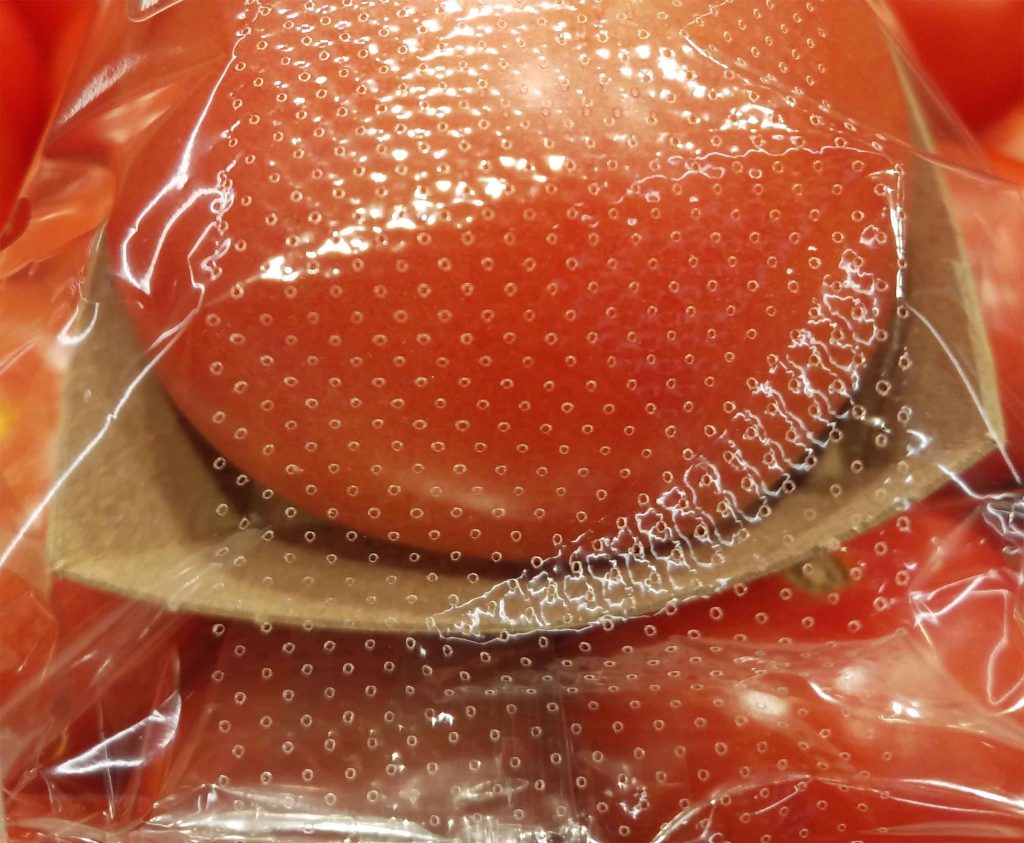
INLINE AND CROSS TEAR PERFORATION
Examples of inline and cross tear perforation would be toilet paper tear offs, tear off bags, easy open pouches or punched out bag handles.
- 1. Tear off perforations - Perforations can be located in close proximity in order to create an easy tear line Web direction tear lines - can be accomplished by either mechanical repeat based on circumference, or electronically by servo and speed matching, or by an actuated bar. These lines can be all the way across, interrupted or in shapes.
- 2. Machine direction tear lines - can be put in lines, interrupted lines, or in custom patterns for shaped punch outs etc. An example would be a material that has the ability to tear in both directions, such as a ticket or postage stamp. Score lines for easy folding, punch outs are often seen in agricultural films and geotextiles so that a shape can be punched out by the customer and a seed planted in the open area of the film, while the remainder of the ground remains covered.
- 3. Both web and machine direction tear lines - the perforating lines can be set in both directions of the material. A good example of this would be postage stamp perforating.
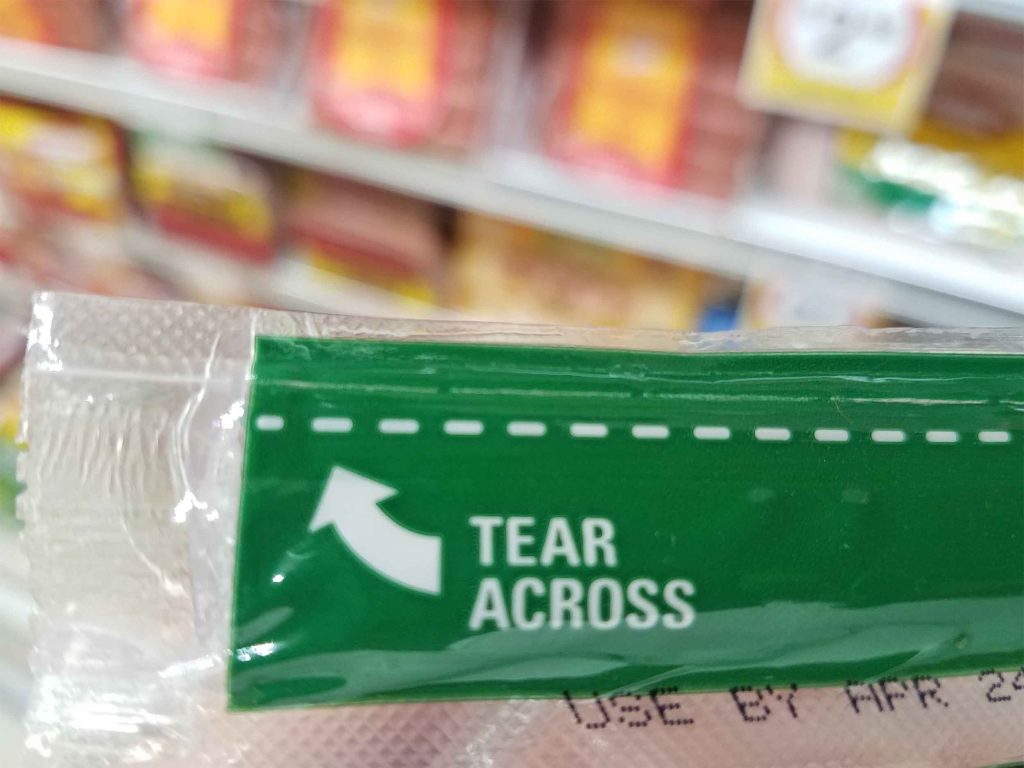
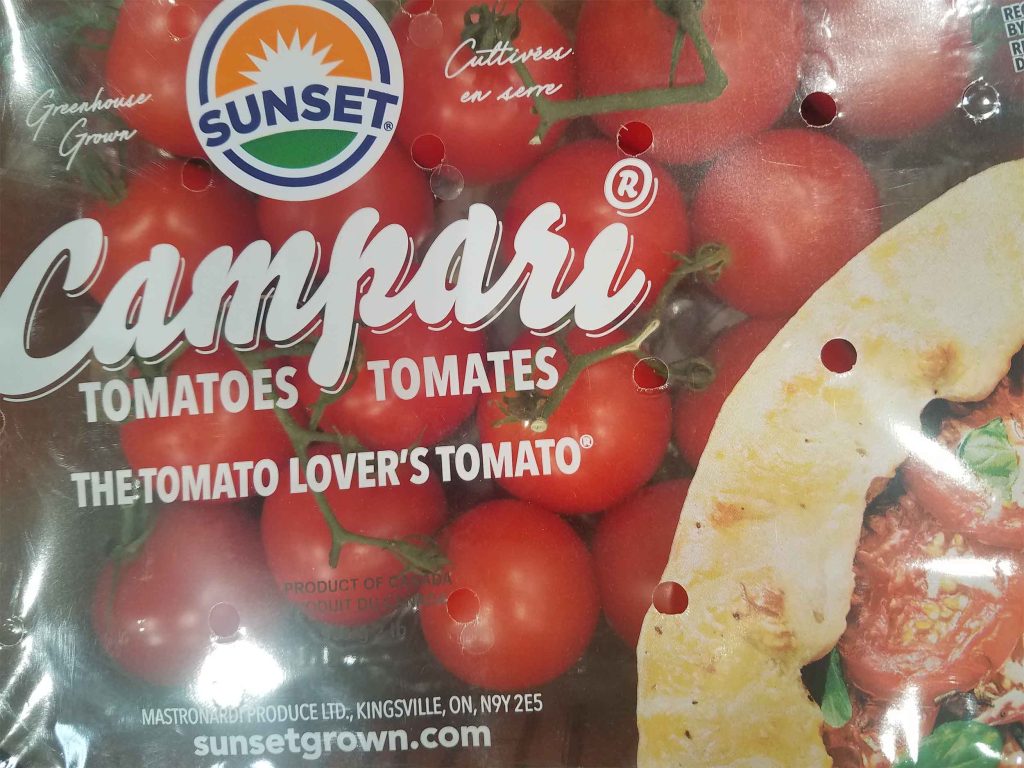
INLINE ACTUATED MOVING WEB PUNCH PERFORATION
Moving web punch perforators consist of a male and female die mounted to an electro-pneumatic or electro-mechanical solenoid. The film is sheared between the male and female at very high speeds. The punches can be located and locked into place anywhere across the web, allowing for whatever web direction hole spacing the user desires. Punched holes in moving web punches generally range in diameter from 3mm to 12.7mm, although larger, knockout punches are available. End uses for punched holes Are commonly used in produce packaging, including fruit (e.g. grapes, kiwi and strawberries) and vegetables (e.g. tomatoes, lettuce and peppers). The punched holes allow more area per hole, so the user can have less, larger holes or more, small holes to achieve the same air transmission rates, allowing the product to breathe.
CRUSH SLIT AND RAZOR SLIT PERFORATION
Crush slits or razor slits can be placed in materials continuously, can work intermittently or work in register, picking up on a mark or feature on the material being perforated. Slit perforating is usually the best option when you have a thinner sheet, which demands a more subtle perforation line. PerfQuest have both rotary and punch slit perforating options available.

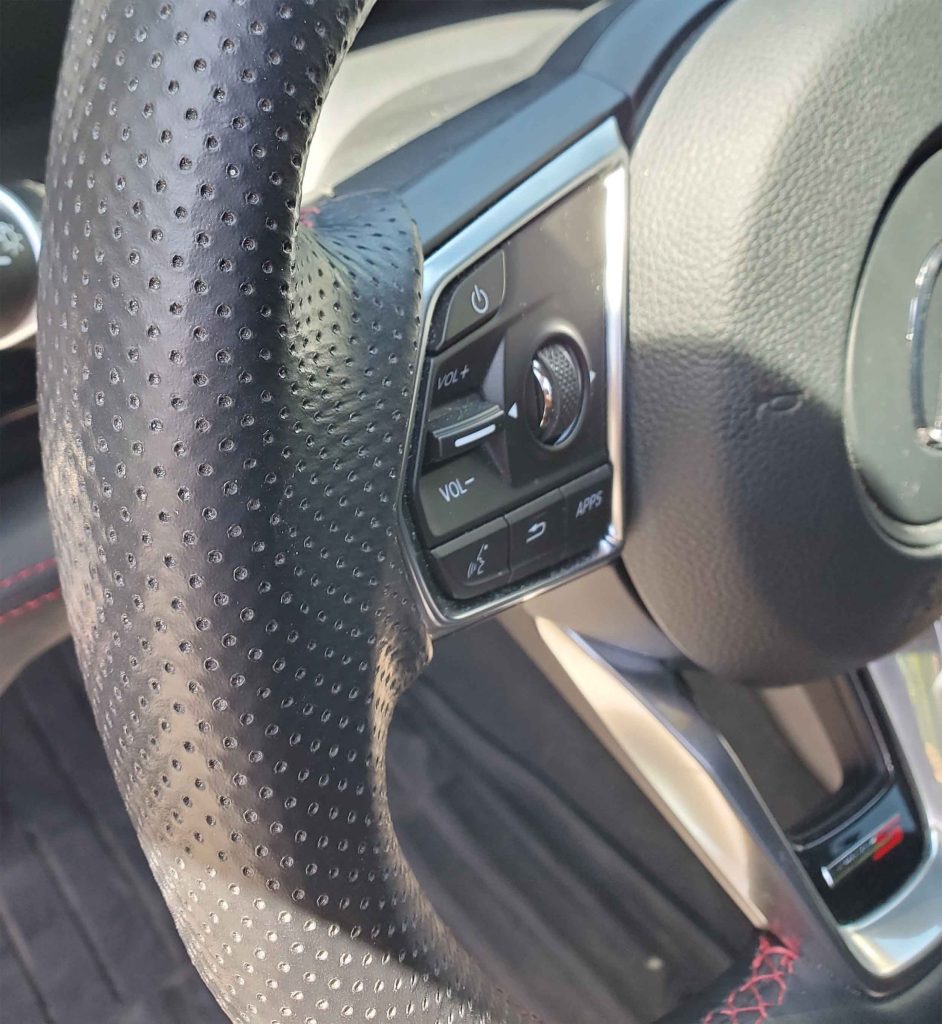
VERTICAL DIE PUNCH PERFORATION
Vertical die punch perforating consists of a precision die ground set of a male plate with male pins, a stripping plate to hold the material being perforated off the male pins and a female plate. The material is essentially sheared by the sharp, flat, outside edge of the male round pin against the sharp, inside edge of the female receiving pin. The chad that is cut out of the material is then sucked away by a vacuum system, through the female plate. Softer, more flexible materials are often hardened by cold air before being subjected to punch perforation. The male perforating plate is driven into the female typically by a reciprocating electrical drive or by a mechanical cam system.
Vertical punch perforating is commonly used in one way vision advertising films and laminated wood products for sound proofing and acoustical paneling. Vertical punch perforation is a slow process, but leaves a very aesthetically pleasing, open, round hole.
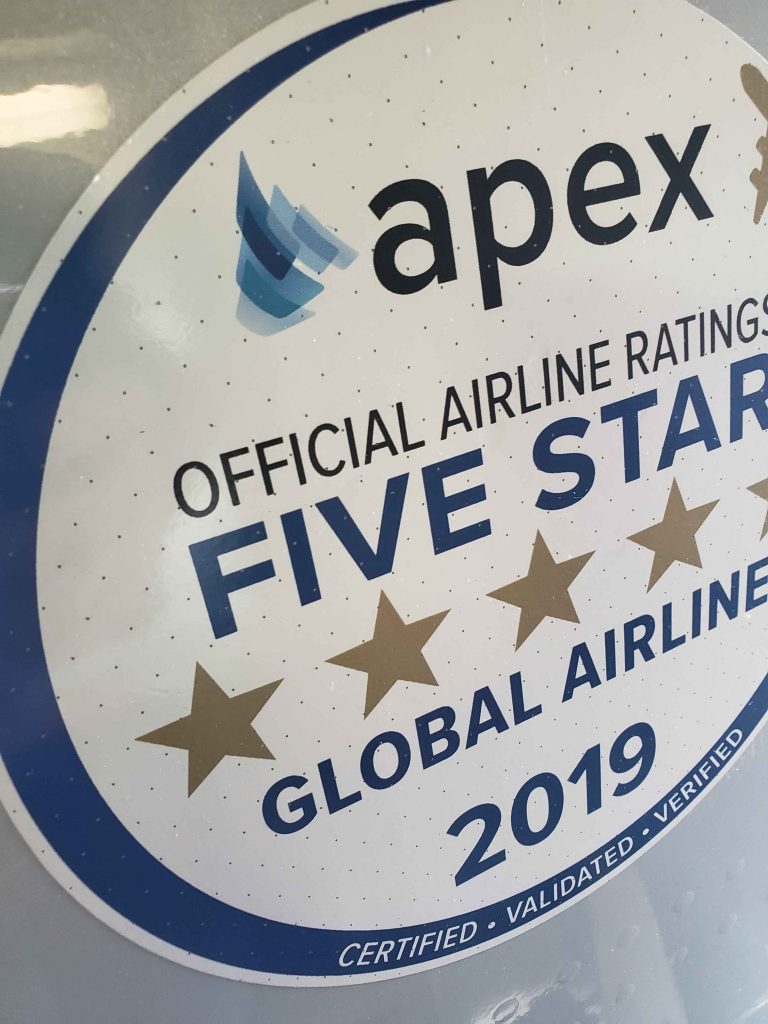
LASER PERFORATION
High-speed laser perforation systems for moving web OR stationary applications. Lasers are versatile and can accurately burn holes smaller than mechanical methods. Laser is a non-contact method of perforating. Laser technologies can be used to perforate, score, drill and cut, and can be used on a broad range of materials.
Laser Perforation Applications:
Foils
Poly films
Flexible packaging
Textiles and Nonwovens
Cardboard and paperboard
Flat or contoured surfaces
Label marking, perforating and scoring
Sterile and safe for food and medical applications

ROTARY TOOL AND DIE PERFORATON
Is based on 2 precision mating rotating cylinders. A male and female cylinder mate to shear a shape or perforation. The anvil roller can be in the shape of the male, or can be often a ground flat roller. The material is perforated in a similar manner to vertical punch perforation, as the chad in the material is sheared out and sucked with a vacuum system through the center of the female roller. This is a very fast method of perforating, however, there can be tight width restrictions and material restrictions with this technology. Examples of the use of this style of perforation would be computer labels, punch cards, parking tickets, straw holes, battery labels and fuel cells. There is more to punching this sort of hole than just the precision of the tooling. It is important to take into consideration the material that is being punched to make sure that it is conducive to this technology.
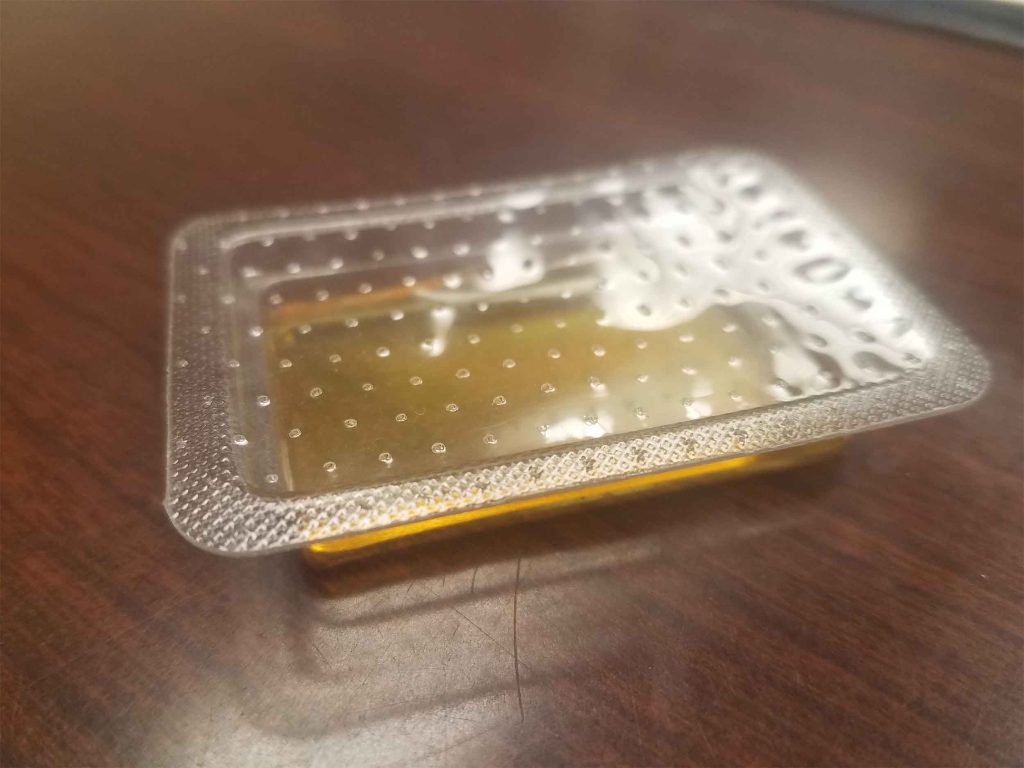
THERMAL / FLAME PERFORATION
Thermal "jet" or "flame" perforation is perfect for ultra-high density hole patterns that are required all the way across a web. This type of perforation produces precise and consistent holes. The flames create perforations that are very clean and free of chads. Flame perforation is similar to hot needle perforation as it creates a re-enforced welt around the hole, which makes the material more resistant to tearing. Therefore, a thinner material may be used as a substitute to thicker material as it offers the same strength, resulting in a cost savings. This technology can only be used on bi-oriented substrates such as BOPP, PET, Mylar, Melinex, Hostaphan, Nylon etc.

